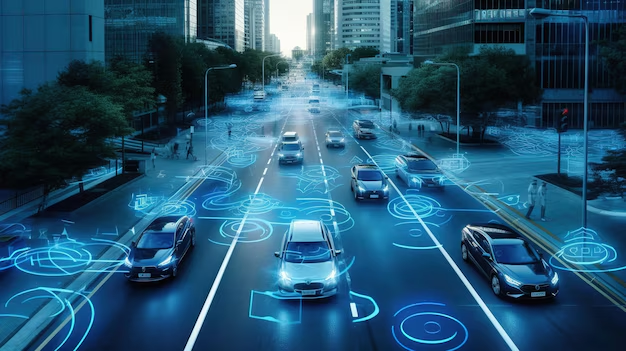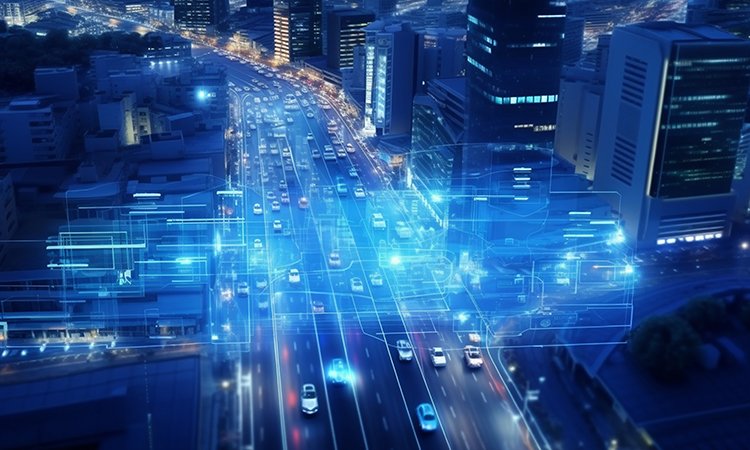In line with the latest advancements in Intelligent Transportation Systems, our holistic ITS solutions are designed for seamless integration with various third-party applications and sub-systems, including but not limited to:
- Advanced Public Transport Management Systems
- State-of-the-art Automatic Incident Detection (AID) Systems
- High-Precision Truck Weigh Stations and Weigh-In-Motion (WIM) Systems
- Permanent Traffic Data Collection and Analysis Stations
- Innovative Vehicle and Pedestrian Detection Technologies (both in-ground and above-ground)
- Electronic Toll Collection (ETC)
- Enhanced Automatic Number Plate Recognition (ANPR) Systems
- Adaptive Variable/Dynamic Message Signs for Real-Time Communication
- Smart Parking Guidance and Management Systems
- Over-Height Vehicle Detection Systems (OVDS)
- Integrated Weather Monitoring Stations for Environmental Adaptation

Our systems are at the forefront of embracing and utilizing cutting-edge technologies to improve transportation efficiency, safety, and sustainability.
- Intelligent Transportation Systems (ITS) offer a range of features and benefits aimed at enhancing transportation efficiency, safety, and sustainability. Key provisions of ITS systems include:
- Traffic Management and Control: ITS enables real-time traffic monitoring and management, helping to ease congestion, optimize traffic flow, and reduce travel times.
- Incident Detection and Management: The system can quickly identify and respond to incidents such as accidents or road blockages, facilitating faster emergency responses and minimizing traffic disruptions.
- Public Transport Management: Improves public transit operations through real-time tracking of vehicles, schedule management, and providing passengers with up-to-date information.
- Electronic Toll Collection (ETC): Automates the toll-paying process, reducing traffic at toll booths and enhancing revenue collection efficiency.
- Parking Management: ITS helps in efficiently managing parking spaces, providing real-time information about available spots, and guiding drivers to them, thus reducing the time spent searching for parking.
- Traveler Information Services: Offers real-time information to travelers regarding traffic conditions, route suggestions, travel times, and public transport schedules.
- Safety Enhancements: Includes features like collision avoidance systems, over-speed warning, and lane departure warnings to improve road safety.
- Environmental Monitoring: Some ITS systems include weather stations and pollution monitoring, helping to track environmental conditions and make data-driven decisions for traffic management.
- Vehicle-to-Infrastructure (V2I) Communication: Enables vehicles to communicate with traffic signals, road signs, and other infrastructure elements to improve traffic flow and safety.
- Data Collection and Analytics: Gathers extensive data on traffic patterns, vehicle movements, and other metrics, which can be analyzed for planning and improving transportation systems.
By integrating these features, ITS systems play a crucial role in modernizing and streamlining transportation networks, making them safer, more efficient, and more adaptable to the needs of modern cities and their inhabitants.





